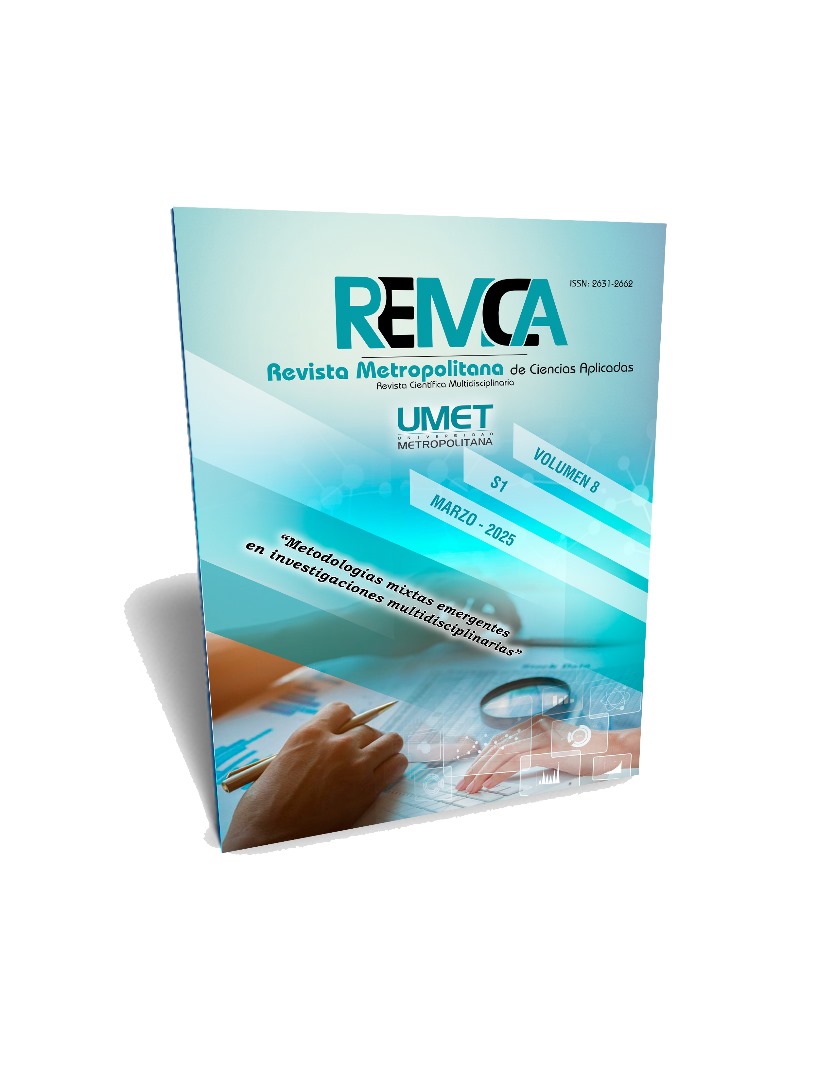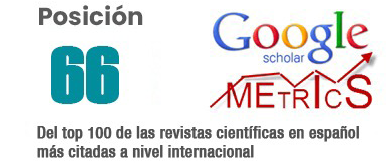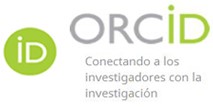Experimental prototype in the demonstration of Bernoulli's Equation with integrals and vectors
DOI:
https://doi.org/10.62452/knj9q923Keywords:
Bernoulli, equation, integrals, prototype, rubric, vectorsAbstract
This work consists of the construction of a prototype of experimental work, for the demonstration of Bernoulli's equation, applying integrals and vectors. The research begins by analyzing the physical, algebraic and integral concepts, in order to strengthen this physical postulate; subsequently, a Venturi meter was built, with the purpose of observing the magnitudes involved in the phenomenon from the experimental point of view by means of a practical laboratory guide, then, the mathematical demonstration of the principle was prepared using the knowledge obtained, allowing to determine a precise formula, which has certain applications in daily life. In addition, evaluation rubric was designed to assess the scientific, technical and methodological quality of the work performed. On the other hand, the approach of this research is qualitative, since it seeks to provide descriptive data on the main scientific topics contained in this study. The results obtained in this research are of great importance, because they allow the reader to go deeper into the topic researched. And to relate their own knowledge with the ones described here. It should be noted that the conclusions drawn can serve as background for future researchers. In addition, it is possible to take advantage of the demonstrations presented, to be supported physically and mathematically.
Downloads
References
Barrantes Echavarría, R. (2014). Investigación: Un camino al conocimiento un enfoque cualitativo y cuantitativo. EUNED.
Blatt, F. J. (1991). Fundamentos de física. Prentice Hall.
Qin, R., & Duan, Q. (2017). The principle and applications of Bernoulli equation. J. Phys. Conf. Ser. 916. https://iopscience.iop.org/article/10.1088/1742-6596/916/1/012038
Riaño Valle, F. (2020). Antecedentes de la conocida ecuación de Bernoulli. Ingeniería Hidráulica y Ambiental, 41(1), 71-84. http://scielo.sld.cu/scielo.php?script=sci_arttext&pid=S1680-03382020000100071&lng=es&tlng=es
Salamanca, V. (2018). Metodologia de la investigación. Universidad de Salamanca.
Downloads
Published
Issue
Section
License
Copyright (c) 2025 Huberth Agustín Méndez-López, Oscar Eliezer Quiroz-González, Kiesler Josué Orozco-López, Cliffor Jerry Herrera-Castrillo (Autor/a)

This work is licensed under a Creative Commons Attribution-NonCommercial-ShareAlike 4.0 International License.
Authors who publish in Revista Metropolitana de Ciencias Aplicadas (REMCA), agree to the following terms:
1. Copyright
Authors retain unrestricted copyright to their work. Authors grant the journal the right of first publication. To this end, they assign the journal non-exclusive exploitation rights (reproduction, distribution, public communication, and transformation). Authors may enter into additional agreements for the non-exclusive distribution of the version of the work published in the journal, provided that acknowledgment of its initial publication in this journal is given.
© The authors.
2. License
The articles are published in the journal under the Creative Commons Attribution-NonCommercial-ShareAlike 4.0 International License (CC BY-NC-SA 4.0). The terms can be found at: https://creativecommons.org/licenses/by-nc-sa/4.0/deed.en
This license allows:
- Sharing: Copying and redistributing the material in any medium or format.
- Adapting: Remixing, transforming, and building upon the material.
Under the following terms:
- Attribution: You must give appropriate credit, provide a link to the license, and indicate if any changes were made. You may do this in any reasonable manner, but not in any way that suggests the licensor endorses or sponsors your use.
- NonCommercial: You may not use the material for commercial purposes.
- ShareAlike: If you remix, transform, or build upon the material, you must distribute your creation under the same license as the original work.
There are no additional restrictions. You may not apply legal terms or technological measures that legally restrict others from doing anything the license permits.




